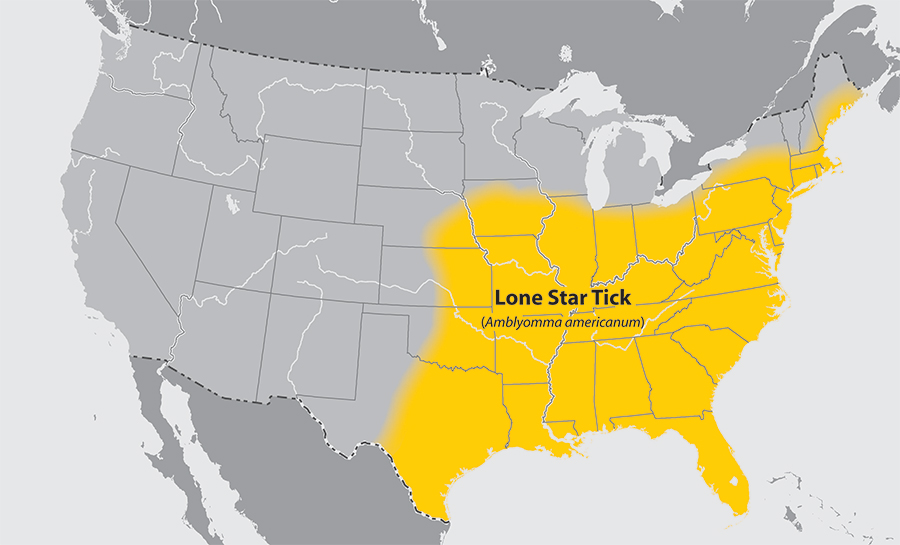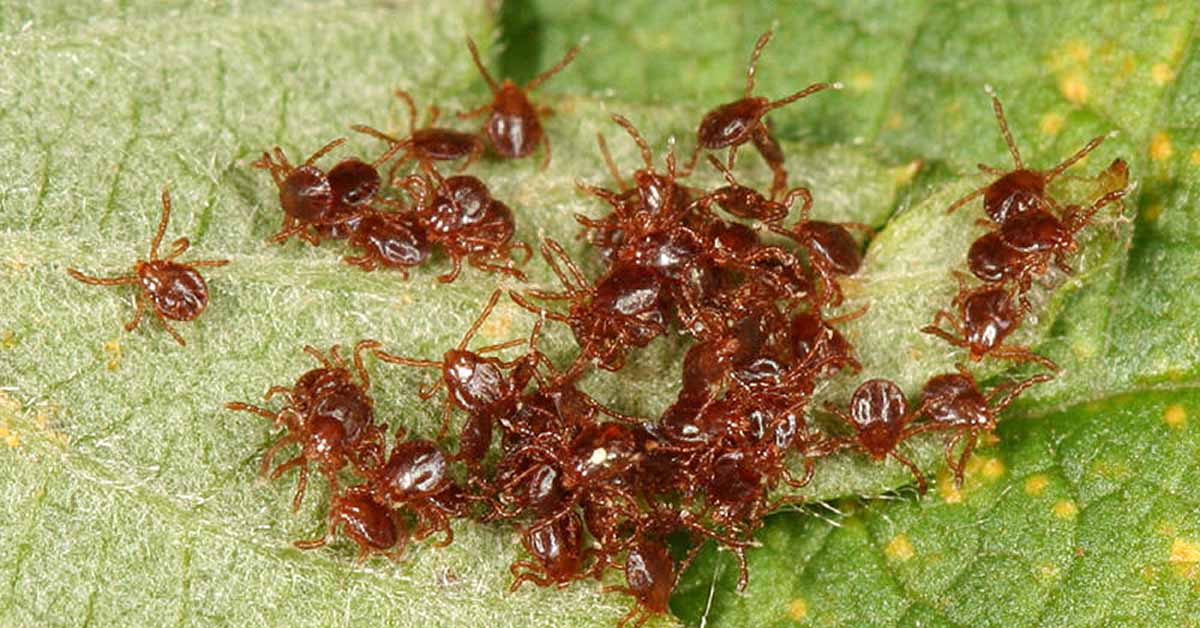If one plague isn’t enough to keep you home, here comes another: an explosion in the population and range of the lone star tick.
The bite of this particularly aggressive tick has been known to spread a number of nasty diseases, including ehrlichiosis, tularemia, Heartland virus disease, Bourbon virus disease, Southern tick-associated rash illness (STARI).
Increasingly, the tick is also known to spread alpha-gal syndrome, an allergy to red (mammalian) meat and other animal products. Researchers now believe that some people who have frequent, unexplained anaphylactic reactions — and who test negative for other food allergies — may be affected by alpha-gal syndrome. There’s no treatment other than avoiding red meat and other products made from mammals.
While the tick was previously limited to the southeastern US, its range has been extending north and west due to warming temperatures and deer and other animals that carry the tick.

Now comes an alarming report from the town of Aquinnah located in the Martha’s Vineyard region of Massachusetts.
The town has reported 13 new cases of tick-borne diseases since April of this year including cases of Lyme disease, ehrlichiosis, babeosis and Rocky Mountain spotted fever.
Biologist and tick expert Richard Johnson, director of the Martha’s Vineyard tick-borne illness reduction program, surveyed the town last week and was alarmed by what he saw. He found lone star ticks in every location he visited including the yards of many of the residents.
Said Johnson:
I was horrified. I’ve looked at a lot of ticks over the past 10 years and the number of Lone Star larvae I found was just astonishing. They’re everywhere. Every property that we have gone to in Aquinnah to do a survey we’ve found lone star ticks. They’re literally every place in the town except maybe the Cliffs.
I hope this isn’t the new normal but I fear that they’re exploding in numbers.
Johnson said lone star ticks and larvae are normally found on the edge of the woods, sometimes in fields but also anywhere where the grass is at least six inches tall. The larvae are the size of a pepper flake, he said. And according to Johnson, lone star larvae, unlike deer ticks, stay balled up in groups of 2,000 to 8,000 ticks until they are nymphs. Brushing up against a cluster could mean hundreds or possibly thousands attaching themselves to skin or clothing.
The procedures for guarding against the lone star tick are similar to those for guarding yourself from other ticks when you venture outside. See our article Q&A: Everything You Need to Know About Alpha-gal Syndrome, the Meat Allergy You Can ‘Catch’ for details on the syndrome, the lone star tick, and how to protect yourself and your family.






